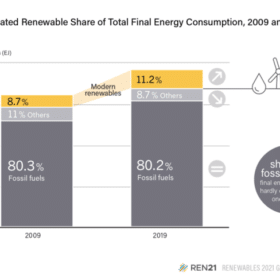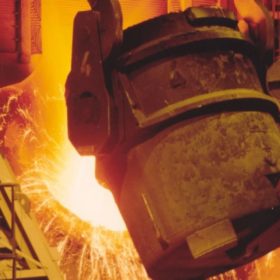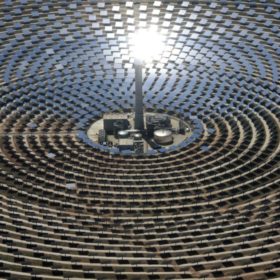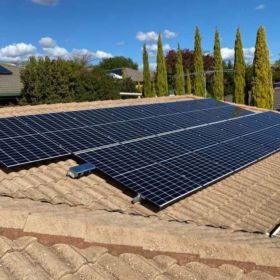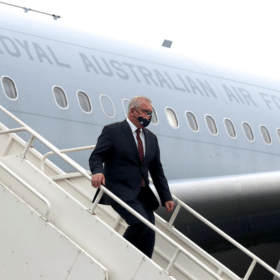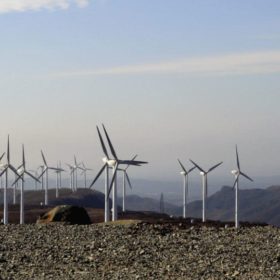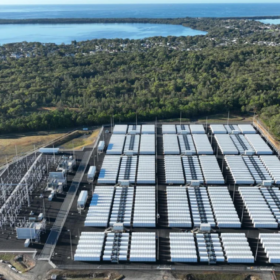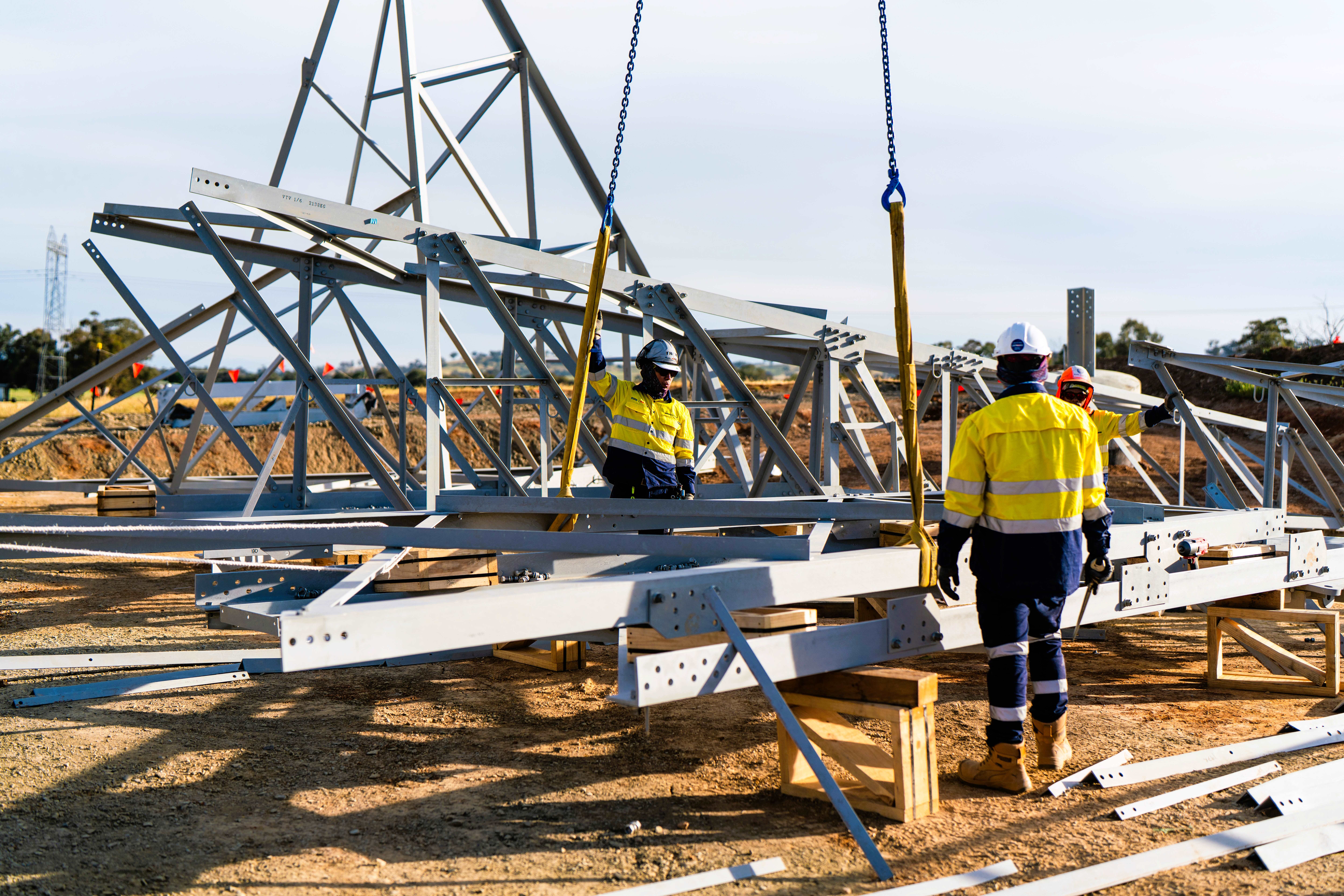Solar panels installed across 59 bus and train stations in Perth
Over 1000 kW of solar capacity is being installed atop 59 Western Australian train and bus stations, with work already completed at a number of the sites.
Has China extended solar grid-connection deadlines by a year?
Such a decision, which industry body the CPIA is adamant has already been announced, could make all the difference to investors struggling with a surge in equipment costs fuelled by the polysilicon shortage. The all-important National Energy Administration, however, has yet to confirm whether the CPIA’s interpretation is correct.
‘Bitter reality’ revealed in global renewables report
REN21 today published its Renewables 2021 Global Status Report, finding the share of fossil fuels in the global energy mix remains virtually unchanged from a decade ago, even as renewables are installed at record pace.
ARENA launches $43 million program for industrial abatement studies as concern around mandate change grows
The Australian Renewable Energy Agency (ARENA) today announced the launch of its $43 million program aimed at identifying how to reduce emissions in industry. The program’s launch comes amid concern about proposed changes to ARENA’s funding mandate as the Commonwealth Government seeks to expand definitions to include funding for controversial technologies and fossil fuel projects.
Victorian developers commit $5.8 million in first sale of Australian company’s modular hydrogen production units
Sydney-headquartered Patriot Hydrogen has secured the first sale of its modular hydrogen production ‘P2H’ units. It is set to deliver Port Anthony Renewables Limited two of the modules by the end of the year.
Australian financiers invest $141 million in concentrated solar power (CSP) plants in Spain
Australian financial group Macquarie Asset Management on Monday announced a €90 million (AU$141.5 million) debt investment in a portfolio of concentrated solar power (CSP) plants in southern Spain.
Thrashing out public and industry submissions to the AEMC rule change
Have you heard about the proposed “solar tax”? Haha! But seriously, there’s more to it than meets the eye. A multitude of perspectives and considerations are brought to light in the submissions made to the AEMC. We take a shallow dive … and recommend total immersion.
A DNSP perspective on the contentious AEMC rule change and the spectre of a ‘solar tax’
There’s nothing simple about the Australian electricity system in transition. The constantly shifting landscape requires continuous regulatory adjustment to old coal-fired settings. That, too is fraught. One network services provider gives their perspective on the rule change currently under consideration.
Morrison blowing in the wind, sheltering in hydrogen ambitions at the G7 Summit in Cornwall
Alliances with Germany and Japan to develop and commercialise emissions-reducing technologies would be a coup for Australia, if there were any concerted efforts at home to reduce emissions in line with international initiatives, and transition Australian industries to be competitive in a carbon-pricing world.
Sunday read: China struggles with solar supply
Since July 2020, the PV industry has been experiencing price rises, which have affected almost all the components in a solar system. As these price increases spill out into higher installation costs, we see end user prices for solar rising for the first time in 10 years, threatening the competitiveness of PV in certain markets. Vincent Shaw reports from Shanghai on solar manufacturing’s supply chain crisis.

